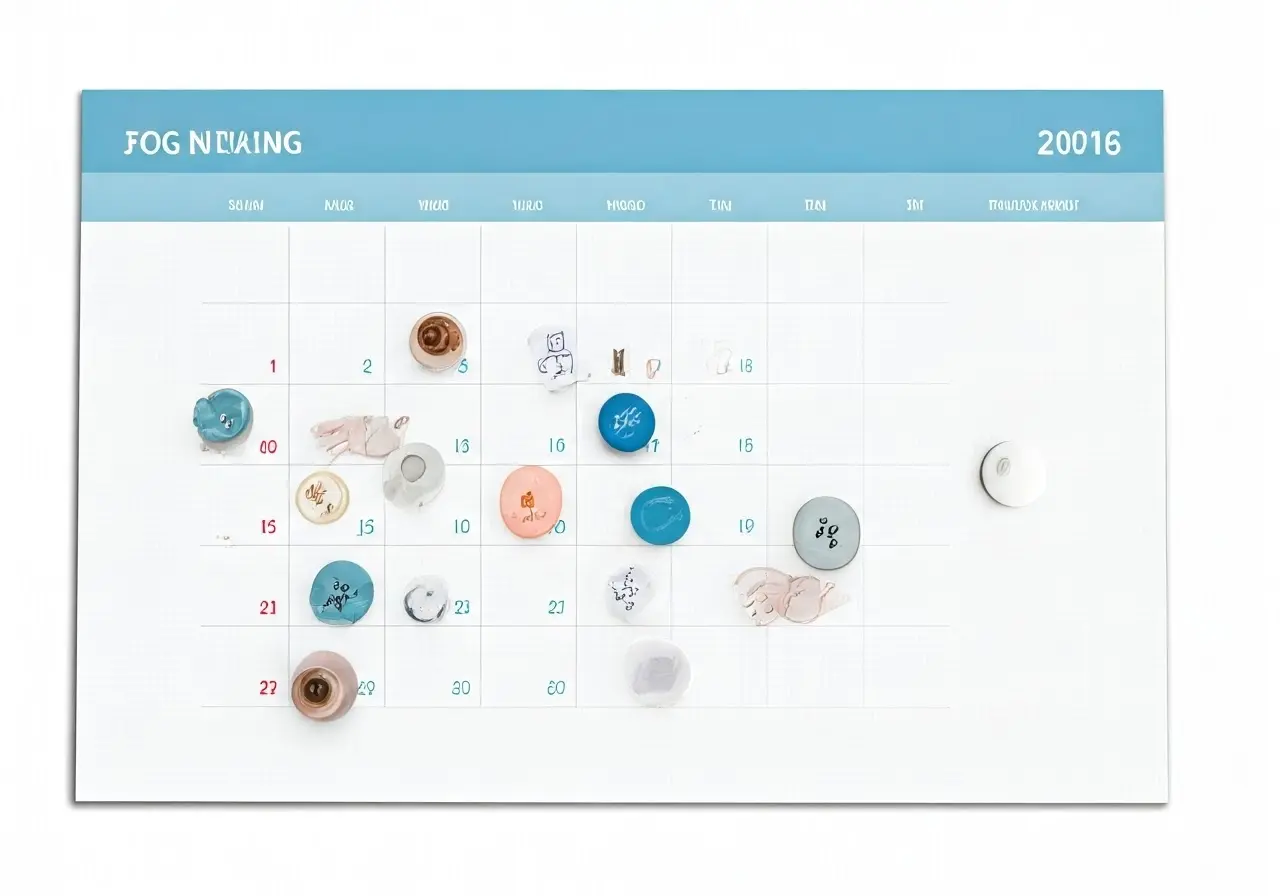Creating an effective dog training schedule is crucial for ensuring your furry friend understands routines and expectations. In this guide, we’ll explore the core elements of crafting a schedule that will help both you and your dog stay on track and make training a positive experience.
Understanding Your Dog’s Needs
Before creating a training schedule, it’s important to understand your dog’s unique needs, energy levels, and learning pace. Tailoring the schedule to fit these factors will increase the success rate of the training.
Different breeds and individual dogs have varying energy levels and temperaments. Some dogs may require more physical exercise, while others thrive on mental stimulation. Recognizing these differences is the first step in avoiding common training pitfalls, like pushing a low-energy pup too hard or not sufficiently challenging a high-energy breed.
Consider consulting with a professional if you’re unsure about how to accommodate your dog’s specific needs. Focused Dog Training’s personalized services could be particularly helpful in this regard.
Setting Clear Goals
Define what you want to achieve with your training sessions, whether it’s basic obedience, correcting behaviors, or advanced skills. Clear goals guide the structure and focus of your schedule.
Achieving specific milestones, like mastering the ‘sit’ command or perfecting leash manners, becomes more attainable with a structured plan. This clarity not only focuses the training, but it also offers a sense of accomplishment as each goal is met.
Remember, goals should be realistic and tailored to fit your dog’s potential. Setting overly ambitious goals might lead to frustration, while attainable objectives can boost both your confidence and your dog’s enthusiasm.
Regular and Consistent Training Sessions
Consistency is key in dog training. Aim for regular, daily sessions that establish a routine. Consistent training helps your dog understand expectations and aids in quicker learning.
Regular sessions create a sense of stability and predictability for your dog, reducing anxiety and fostering a closer bond. As your dog becomes more familiar with the routine, you’ll notice improvements not only in behavior but in your overall relationship.
Incorporating training into everyday activities, like walks or playtime, can reinforce consistency without overwhelming your schedule.
Keeping Sessions Short and Engaging
Training sessions should be concise to maintain your dog’s interest and prevent frustration. Keeping them around 5-10 minutes and filled with engaging activities will maximize effectiveness.
Frequent short sessions are often more successful than sporadic, lengthy ones. They provide ample opportunities for repetition and reinforcement, essential components for successful dog training.
Utilizing interactive toys or games can make these short sessions engaging and fun, transforming training into a playful bonding experience.
Incorporating Positive Reinforcement
Positive reinforcement, using treats or affection, encourages good behavior and strengthens the learning process. Ensure your schedule incorporates time for rewards and praises.
Behavior strengthened with rewards is more likely to be repeated. Thus, celebrating small achievements with treats or praise becomes a powerful motivator, enhancing your dog’s enthusiasm for learning.
Making sure that your rewards are varied and appealing can prevent them from losing their effectiveness. For dogs, variety in treats or rewards can keep training exciting and rewarding.
Adding Variety to Prevent Boredom
Introduce different exercises and commands to keep training sessions exciting. Variety not only holds your dog’s attention but also aids in comprehensive skill development.
Rotating the types of exercises, such as agility drills or scent work, taps into different aspects of your dog’s intelligence and capabilities, ensuring a well-rounded skill set.
Switching up the training environment or incorporating new challenges also keeps your dog mentally engaged, boosting their adaptability and problem-solving skills.
Crafting a Successful Dog Training Schedule
A well-structured dog training schedule is pivotal for successful training outcomes. By combining consistency, short training sessions, variety, and positive reinforcement, you’ll build a strong foundation for your dog’s development. Remember, patience and persistence are key!


